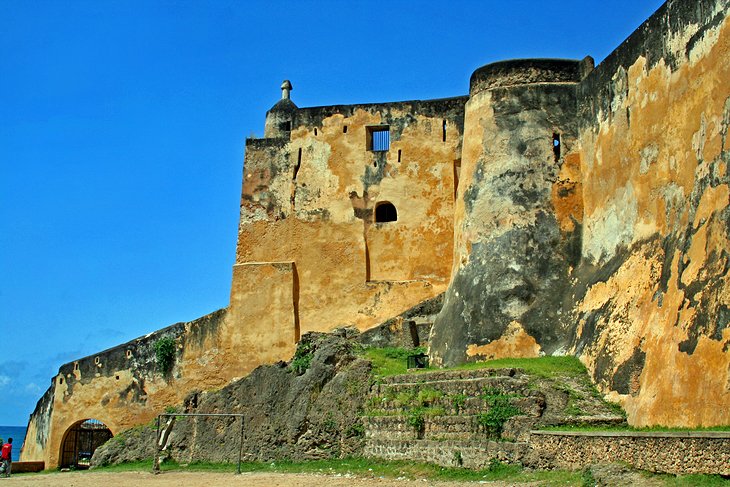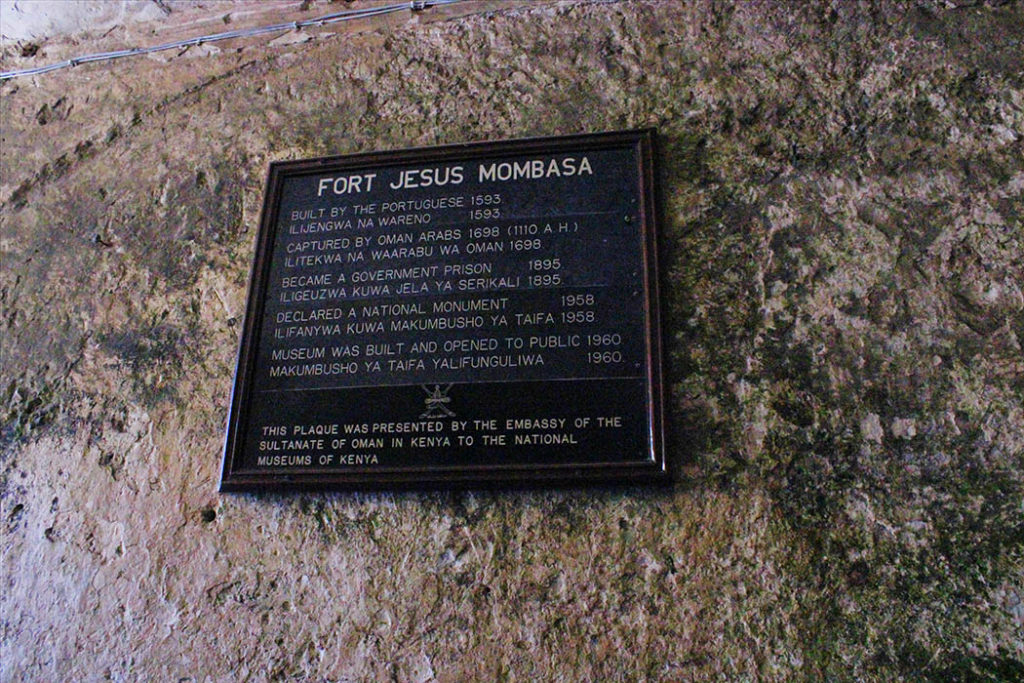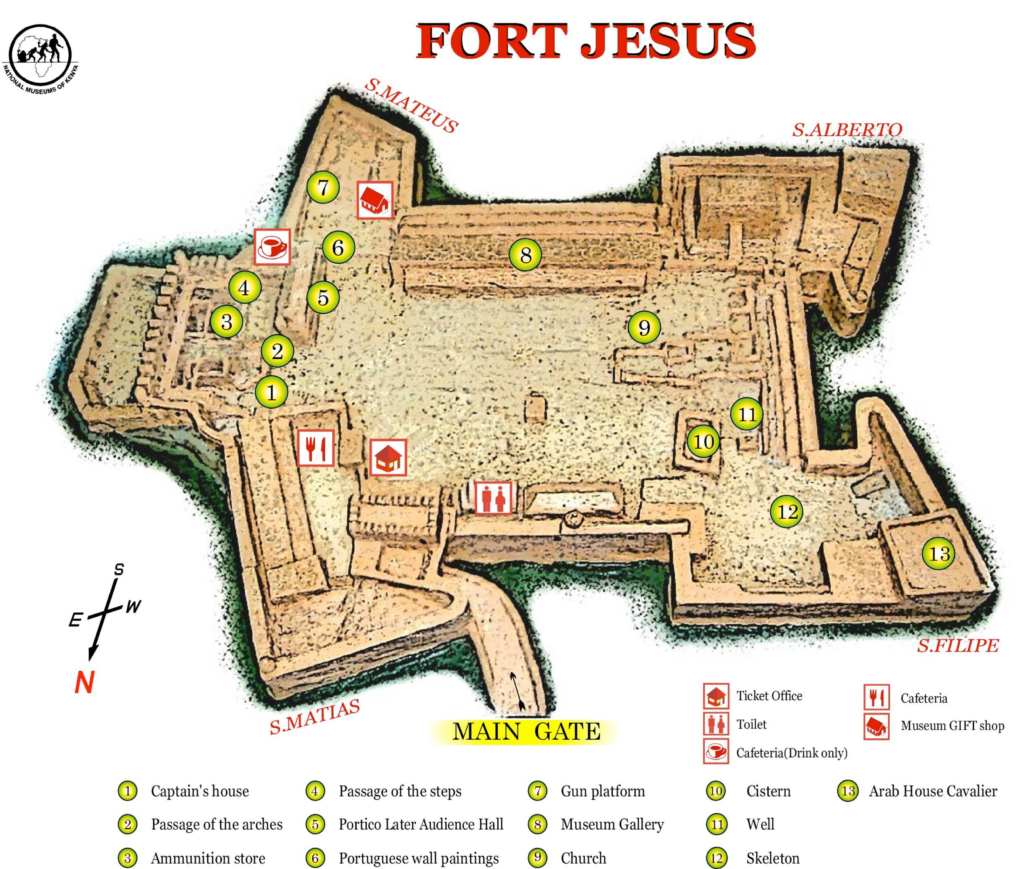Fort Jesus


Image credit: PlanetWare
Mombasa City, the pearl of Kenya. Long before Nairobi was established, Mombasa was the star of the show. She sits on the coast of East Africa, along the Indian Ocean. Her strategic location made her the object of desire, not only for local Bantu communities but for numerous international players as well. Control of Mombasa meant control of the Indian Ocean trade routes. As it was an emerging global trade centre, Mombasa was fought over and succeeded by different empires over the centuries. When the Portuguese ousted Omani Arabs from the island’s rulership in the late 16th Century, they were so determined not to lose control that they built a fort to protect Mombasa: Fort Jesus.
Italian architect and engineer, Giovanni Battista Cairati was commissioned to design the layout of Fort Jesus. The construction took place between 1593 and 1596, and the main materials used to build the Fort were coral stone and lime mortar. According to Cairati’s designs, the layout and form of Fort Jesus reflected the Renaissance ideals of proportionality and geometric harmony. Indeed, an aerial view of the citadel or a look at the plans for its construction show that it resembles a human body.
The diversity of Mombasa’s occupants is reflected in the minor changes that were made to the original layout of the Fort. In 1698, the Omani Arabs successfully attacked and took over the Fort, displacing the Portuguese. They added 3 metres to the citadel’s 15-metre-high wall. They also sunk a 76-foot deep well, which was primarily used for washing clothes, as the water is too salty to drink. In 1895, cells were built within the Fort, when it was converted to a government prison by the British colonisers.
Fort Jesus is one of the best-preserved examples of 16th Century Portuguese fortification. It is also a symbol of the cultural, political and commercial globalisation that took place on the East African coast during that era. These aspects prompted the UNESCO Heritage Commission to add it to their list of World Heritage Sites in 2001.
Fort Jesus is also a National Park and a National Museum. The Fort, as well as the 100-metre strip around it, is legally protected by the 2006 National Museums and Heritage Act. It is currently managed by the National Museums of Kenya and is open to the public daily.
A trip to Mombasa is not complete without a visit to this historical landmark. Have you ever been to Fort Jesus? Let us know in the comments.

Image credit: Safari254

Fort Jesus map – National Museums of Kenya



